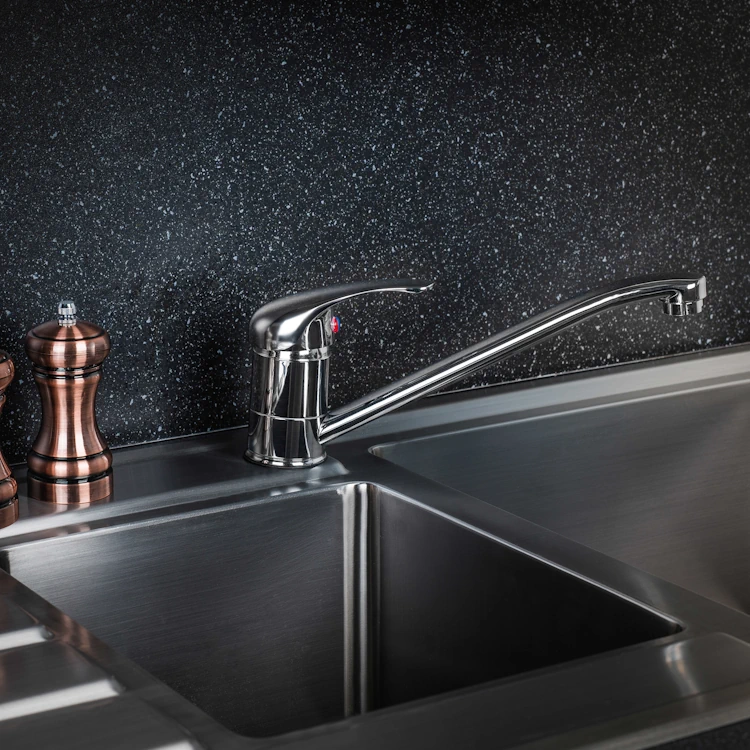In the realm of creativity and culture, art galleries have long been the custodians of artistic expressions, housing the works that capture the spirit of their time. These dynamic spaces have undergone significant transformations over the years, adapting to the changing landscape of technology, societal values, and artistic perspectives. In this comprehensive exploration, we delve into the future of art galleries, uncovering the innovations and trends that are reshaping the art world and redefining the relationship between artists, artworks, and audiences.
A New Canvas of Possibilities
Art galleries, once known primarily for their static displays of artwork on walls, have transcended their traditional confines to embrace an array of technological advancements. Virtual Reality (VR) and Augmented Reality (AR) have emerged as powerful tools, offering visitors immersive experiences that blur the lines between reality and art. These technologies enable users to step inside a painting, walk through virtual installations, and interact with art on a whole new level.
Interactive Exhibitions: Bridging the Gap
The rise of interactive exhibitions marks a significant shift in the way art is presented and experienced. Visitors are no longer mere observers; they become participants in the artistic narrative. These exhibitions leverage touchscreens, motion sensors, and multimedia displays to engage the senses and foster deeper connections between the artwork and the viewer.
The Online Art Marketplace: Art at Your Fingertips
The digital age has democratized art consumption, making it accessible to a global audience. Online art marketplaces have emerged as platforms where art enthusiasts can discover and purchase artworks from around the world. This accessibility not only expands the reach of artists but also empowers collectors to curate their own art collections, breaking down geographical barriers.
Sustainable Art for a Sustainable Future
In a world grappling with environmental concerns, the art industry has begun to explore sustainable practices that align with eco-conscious values. From the materials used in art creation to the design of gallery spaces, sustainability has become a driving force shaping the future of art galleries.
Eco-Friendly Gallery Spaces: A New Aesthetic
Gallery spaces are now being designed with environmental sustainability in mind. Utilizing eco-friendly materials, energy-efficient lighting, and sustainable architectural techniques, these spaces reduce their carbon footprint while creating a visually captivating atmosphere that complements the art on display.
Art as a Catalyst for Change
Artists are harnessing the power of their creations to advocate for environmental causes. Art installations that spotlight ecological issues serve as potent reminders of the importance of sustainability. These pieces engage viewers emotionally and intellectually, prompting discussions and encouraging action towards a greener future.
Embracing Diversity and Fostering Inclusion
The future of art galleries is intrinsically tied to fostering inclusivity and celebrating diversity. As the art world becomes more conscious of representing marginalized voices, galleries are embracing new narratives that resonate with an array of experiences.
Amplifying Underrepresented Artists
Art galleries are championing artists from diverse backgrounds, including women, people of color, and members of the LGBTQ+ community. By showcasing a variety of perspectives, these galleries contribute to a richer and more authentic representation of the human experience.
Accessible Art for All
Creating inclusive spaces also means ensuring accessibility for people with disabilities. Many galleries are implementing features such as tactile artworks, audio descriptions, and ramps to make art appreciation an enriching experience for everyone.
Art as a Catalyst for Change
The role of art galleries has evolved beyond being passive spaces that exhibit art; they are now hubs of social impact and community engagement. Galleries are using their influence to initiate conversations, drive change, and inspire collective action.
Art for Social Change
Galleries are partnering with local communities and organizations to address pressing social issues. Collaborative projects and art installations centered around topics like human rights, equality, and environmental justice serve as powerful catalysts for discussions and advocacy.
Art Education for the Future
Art galleries are nurturing creativity from a young age by offering educational programs and workshops. These initiatives empower the next generation of artists and provide children with opportunities to explore their creativity and develop critical thinking skills.
The Blurring Lines: Hybrid Exhibition Formats
The traditional demarcation between physical and digital spaces is dissolving as galleries experiment with hybrid exhibition formats. These formats leverage technology to create unique, immersive experiences that redefine the relationship between art, space, and the viewer.
Beyond the Walls: The Power of Hybrid Exhibitions
Hybrid exhibitions seamlessly blend physical and digital elements, enabling visitors to engage with art in novel ways. Galleries are using techniques like live streaming, 3D models, and interactive apps to provide audiences with a multifaceted art encounter.
Curating Beyond Conventions
Galleries are embracing unconventional venues to host art installations. By curating immersive experiences in unexpected settings—such as public squares, parks, or industrial spaces—art becomes a part of everyday life, inviting a broader audience to engage with it.
The Nexus of Art and Technology
Art and technology are converging in unprecedented ways, leading to the birth of new artistic forms and experiences. From generative art to AI-driven installations, technology is catalyzing innovation and redefining artistic boundaries.
Generative Art: Art by Algorithms
Generative art harnesses algorithms to create dynamic and evolving artworks. These digital creations challenge traditional notions of authorship and invite viewers to contemplate the relationship between human creativity and machine intelligence.
Blockchain and Art: A Revolution in Authentication
Blockchain technology is revolutionizing how we authenticate and buy art. By providing a secure and transparent record of ownership and provenance, blockchain has the potential to reshape the art market and minimize the risk of forgery.

Art Collecting in the Digital Age
Art collecting is undergoing a transformation in the digital age, with new avenues and assets entering the landscape. Non-Fungible Tokens (NFTs) have emerged as a groundbreaking technology, changing how art is bought, sold, and owned.
NFTs and the Digital Art Renaissance
NFTs have given rise to a new form of digital art ownership. These unique tokens, powered by blockchain, provide proof of ownership for digital artworks, allowing artists to monetize their digital creations and collectors to own rare and exclusive pieces.
Traditional vs. Digital Art: The Collector’s Conundrum
The debate between traditional art and digital art as collectible assets is gaining momentum. While traditional art holds cultural and historical value, digital art offers a new realm of possibilities and a way to engage with the art of the future.
The Ethical Implications of the Digital Era
As art and technology intertwine, ethical considerations come to the forefront. The digital era presents challenges such as copyright issues, piracy, and privacy concerns that demand thoughtful and responsible solutions.
Copyright in the Digital Realm
The digital reproduction of art raises questions about copyright infringement and ownership. Artists and galleries must navigate the intricacies of digital art distribution and address potential copyright violations.
Protecting Digital Art: The Battle Against Piracy
Piracy remains a pressing issue in the digital art world. With the ease of copying and distributing digital files, artists and galleries are exploring innovative methods to safeguard their creations from unauthorized reproduction.
Embracing the Dynamic Future
The future of art galleries is a tapestry woven with threads of innovation, sustainability, inclusivity, and technology. As we move forward, it’s imperative to strike a balance between preserving the essence of traditional art forms and embracing the exciting possibilities of the digital age. The art world is evolving, and the journey promises to be a remarkable exploration of human creativity and imagination.

